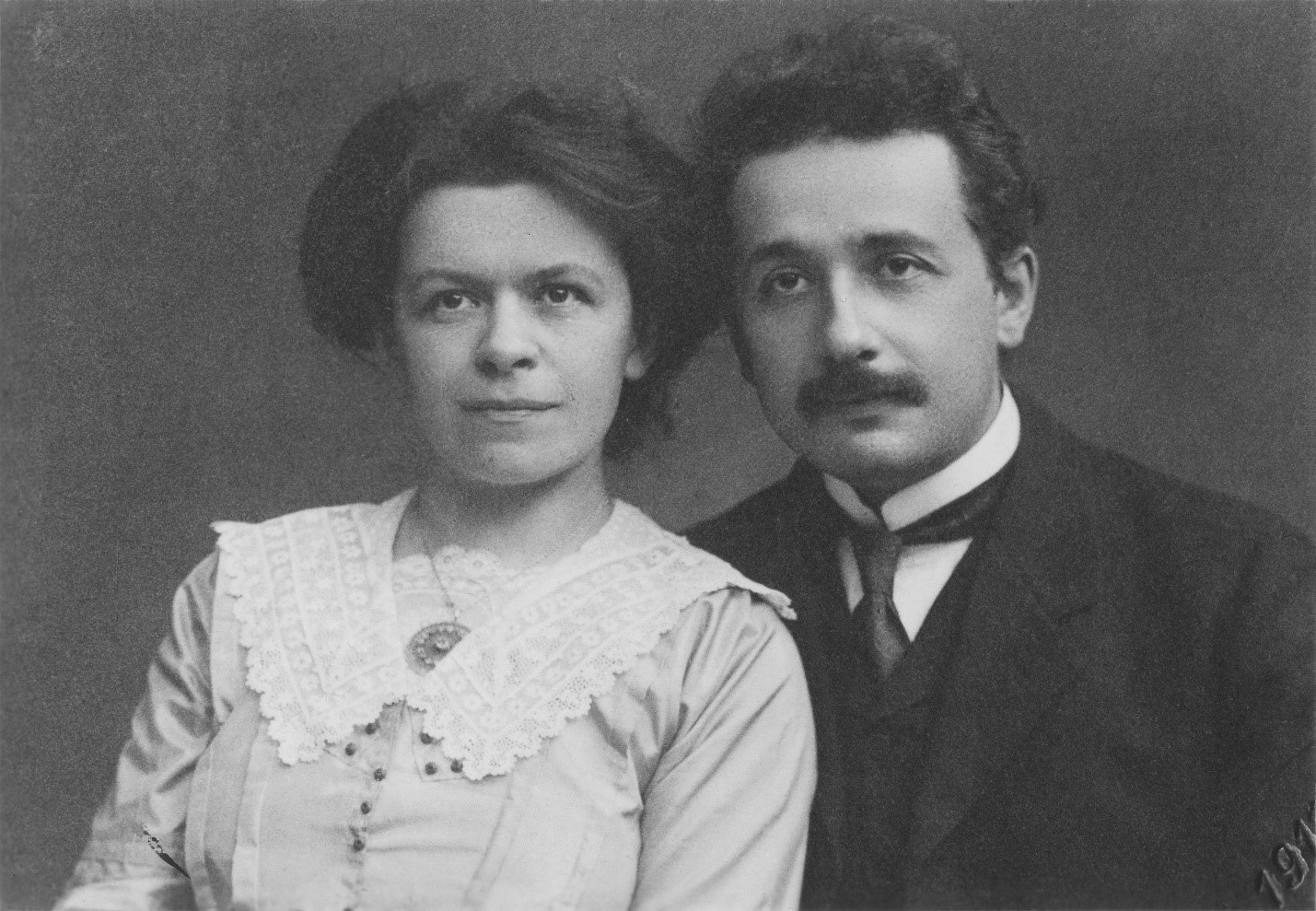Mileva Marić Anštajn
Contributions to culture and science:
Mileva Marić-Einstein was a Serbian mathematician and the first woman theoretical physicist in the world. She was the first wife of Albert Einstein from 1903 to 1919 and the mother of three of Albert’s children. She was Albert’s scientific inspiration, assistant and co-author of his most important scientific papers.
Short biography:
Mileva Marić was born in 1875 in Titel, in Bačka. Mileva’s parents were Miloš Marić, a junior officer, sergeant of the Šajkaš Battalion, and Marija Ružić. Her talent for mathematics and physics was noticed at the age of 13 when she was often invited to the teacher’s room to solve even the most difficult tasks. Serbian was her mother tongue, but Mileva learned Hungarian and German as the languages of the environment, and later French.
She started her education in a four-year school in Ruma, then went to Novi Sad, Sremska Mitrovica, Šabac and Zagreb. However, she did not finish the last final grade in Zagreb. Her father wanted her to finish high school and get a degree in Switzerland. Before her family moved to Novi Sad in 1895, she was enrolled in the fourth grade of the Girls’ High School in Zurich. Then in the spring, she passed the Matura exam at the Federal Medical School in Bern. In the fall, she transferred to the State Polytechnic School to study mathematics and physics. She enrolled in mathematics and physics studies as the only and oldest woman in the group. Albert Einstein was the youngest student in the same group. Albert and Mileva got married in Bern in 1903, and the marriage lasted until 1919. Later, the money from the Nobel Prize was awarded to Mileva as part of the divorce contract. She died in 1948 at a Zurich clinic.
Interesting facts (Storytelling):
Although there is evidence of her work, whether (and if so, to what extent) Mileva contributed to Albert Einstein’s early work is a matter of debate. Some physics historians claim that she did not make a significant scientific contribution. Others suggest that she was a collaborator who helped him significantly. At the same time, there is also the possibility that they developed scientific concepts together while they were still students.

